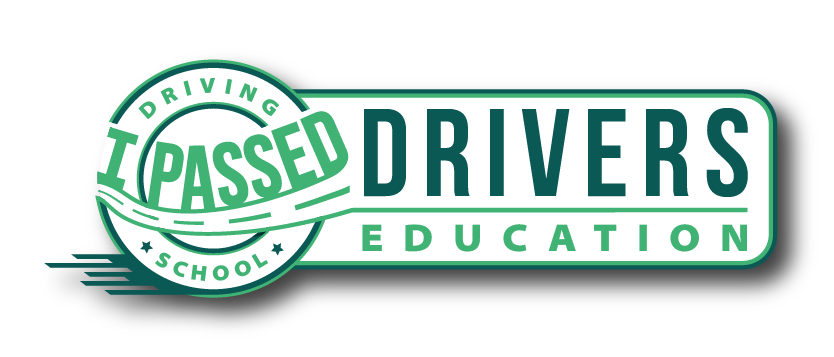Contents
The state of California requires 6 hours behind-the-wheel training before a teen can get their license. This ensures that they’ve had sufficient real-life practice on the road and are able to drive without an instructor. Behind-the-wheel driver’s education is crucial to their ability to become confident, safe drivers.
When your teen is ready to start driving, they will have to enroll in an Orange County driving school. Here are a number of skills your teen must pick up behind the wheel in order to become a smart, safe driver.
Necessary Driving Skills for Teens
Making Turns
While this may seem simple to someone who has been driving for years, turns can be challenging for new drivers.
One must slow down before approaching the corner and always use turn signals. For those who haven’t been behind the wheel of a car before, it can be difficult to slow down and maintain momentum to make the turn. Adequate behind-the-wheel practice is important to nail this skill.
Braking Smoothly
Braking can be especially challenging for driver’s education students. Coming to a smooth and gradual stop is a skill that can only be learned through behind-the-wheel driving lessons, with real experience. When students begin driving with an instructor, they will learn how to brake correctly and safely. Your instructor will also have an emergency brake on their side of the car, just in case you’re unable to stop in time.
Accelerating Safely
Like breaking, accelerating should be done smoothly. Accelerating too quickly can cause the car to move in a jerking motion that could easily take the car out of your control. During slippery road conditions, it could also be the cause of an accident. New drivers should learn how to increase their speed steadily until they reach a safe speed within the legal limit.
Negotiating Intersections
Intersections and roundabouts, can be especially stressful for teen drivers. City intersections controlled by lights may be more reassuring, because new drivers understand when it’s their time to go. However, deciding who has the right of way at smaller, free-for-all intersections may be more difficult.
Traffic rules may differ from city to city, so it’s important that students learn patience and foresight in order to negotiate intersections safely. With experience, knowing who has right of way will get easier.
Changing Lanes and Merging
New drivers typically have a hard time judging the time and distance required to change lanes and merge. When doing so, it’s important that drivers allow for enough room and check their blind spots.
The process of turning on your blinker, slowing down, and gauging whether the driver behind you will let you enter the lane can be overwhelming. Driving schools in Orange County will help your teen practice and master these skills to reduce the possibility of an accident.
Identifying Hazards
One of the most challenging things to learn as a new driver is to identify hazards before they turn into accidents. New drivers tend to focus on what’s right in front of them because they are still learning how to maneuver the vehicle.
Over time, drivers should begin getting comfortable looking around and ahead of the vehicle so that they can predict possible situations. For example, if there is a piece of debris in the road, it’s better that the driver knows that they must merge away from it as soon as possible so that they don’t swerve out of their lane trying to avoid it at the last minute.
Keeping a Safe Following Distance
A safe following distance ensures that a driver has enough time to stop safely when an unexpected situation occurs. For example, if a driver in front of you in another lane decides to change lanes without turning on their blinkers, you could be forced to stop abruptly, which could cause an accident. You may also not have enough time to stop as quickly as you want to, and end up hitting the other car.
These problems and more can be avoided by keeping a safe following distance. Even if you are in a different lane, you should keep an eye on the distance between you and the cars in front of you.
Sharing the Road
It would be nice if you were the only driver on the road at all times, but that’s almost never going to be the case! You will have to share the road with more than just other vehicles; cyclists and pedestrians will also be using the road, which means it’s important to stay focused and aware of your surroundings.
Crosswalks don’t only exist near lights, so it’s important to watch out for people crossing the road on foot. Cyclists will also be on the roads, so it’s important to keep a safe speed and distance to avoid potentially fatal accidents.
As a new driver, you’ll start to master these skills more each time you get behind the wheel. Practice makes perfect, especially when it comes to becoming a safe driver.

